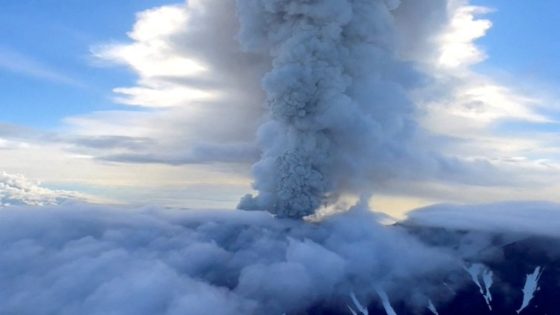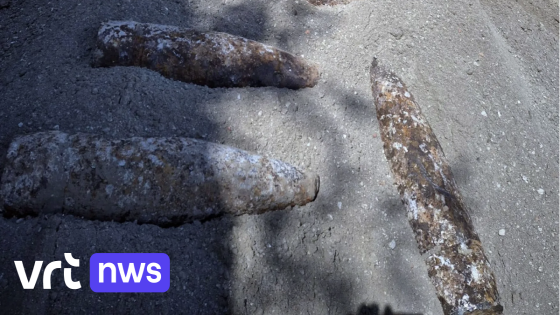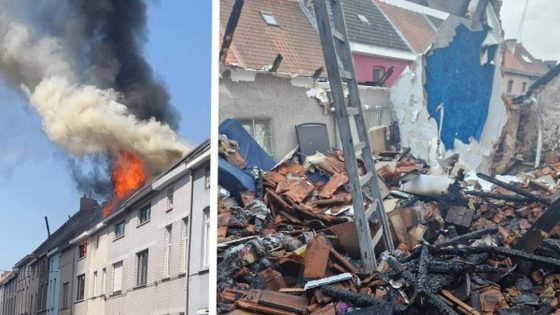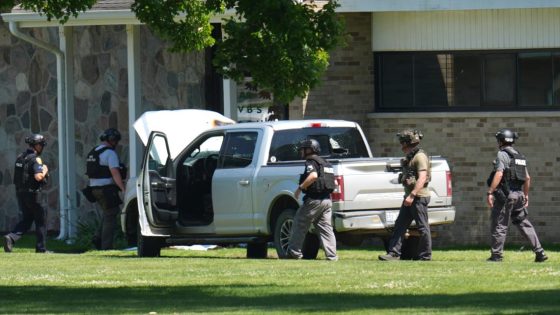A volcano on Russia’s Kamchatka Peninsula erupted for the first time in hundreds of years, coinciding with a massive 8.8-magnitude earthquake on August 3, 2025. This rare event has captured global attention due to its potential implications for seismic activity in the region.
- Krasheninnikov volcano erupted for first time in centuries.
- Ash reached 6 kilometers into the sky.
- No populated areas affected by ashfall.
- Eruption followed a massive 8.8-magnitude earthquake.
- Discrepancy in eruption history noted.
- Moderate explosive activity may continue.
The Krasheninnikov volcano released ash 6 kilometers into the sky, with no immediate threat to populated areas. Experts noted that while the eruption is unprecedented in recent history, the last recorded activity dates back to 1550, highlighting a fascinating discrepancy in volcanic records.
This eruption raises questions about volcanic monitoring and preparedness. Could this signal a shift in geological stability in the Pacific? Experts are closely observing the situation for further developments.
- First confirmed eruption in 600 years.
- Accompanied by a 7.0-magnitude earthquake.
- Tsunami warnings were issued but later lifted.
- Moderate explosive activity may continue.
As scientists continue to monitor the situation, it’s crucial for communities in the Pacific region to stay informed and prepared for any potential volcanic activity.































